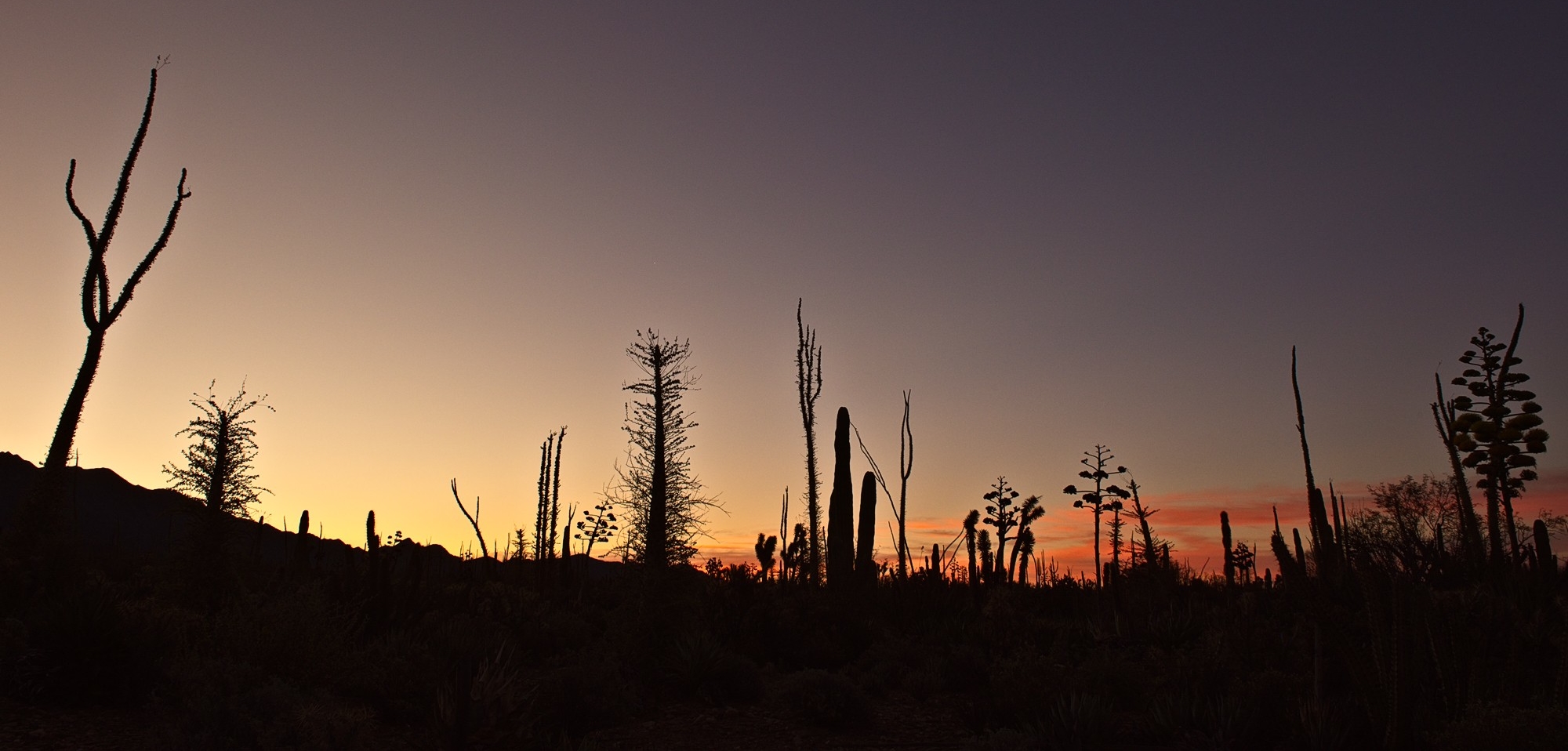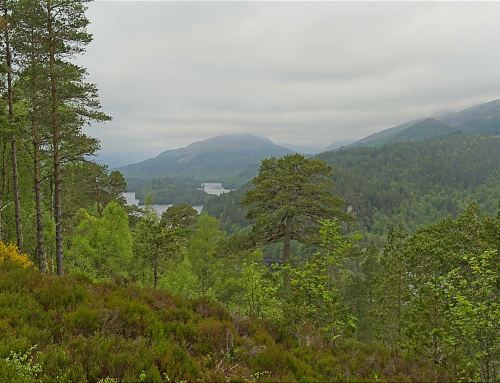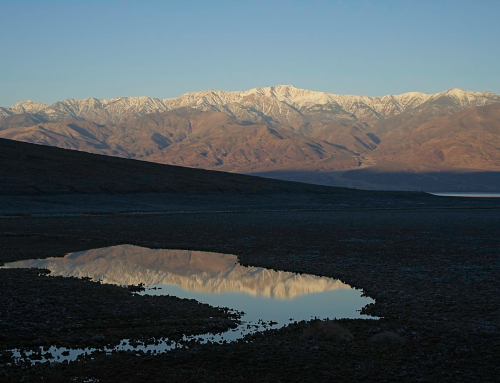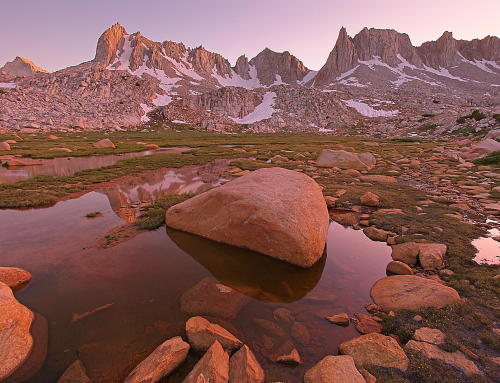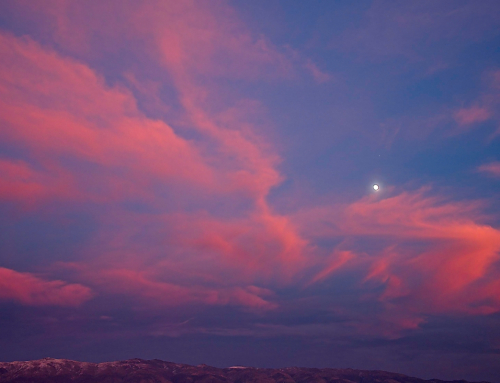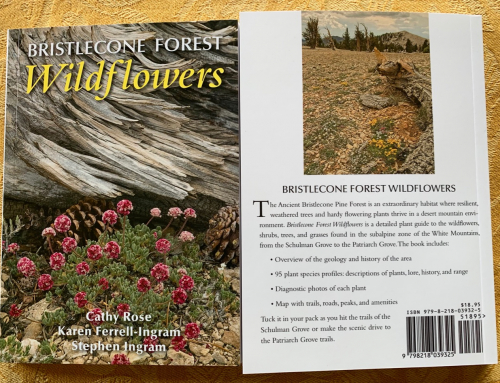In March I had the opportunity to travel down to Baja California with a friend who knows the area well and has a lot of experience driving and camping in Baja. I’ve made a few short trips south of the border as a young lad, but I had never seen Boojum trees in the wild, or touched gray whales, or kayaked in the Gulf, or camped near 18thcentury missions surrounded by cardón cacti and shady palm trees.
Baja California is an amazing place, with friendly locals, good fish tacos, incredible plants, and vast, wild landscapes. Unlike Alta California, Baja California is not over-developed, and there are many places to camp. However, this is no longer the “Forgotten Peninsula” of the early 1960’s when most of the roads were unpaved and tourism was limited to a few surfers and boaters. So even though the beaches have become more crowded with gringos, there is ample opportunity to discover places with few other people.
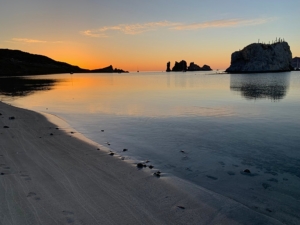
Sunrise over the Gulf of California, north of Loreto, Baja California, Mexico
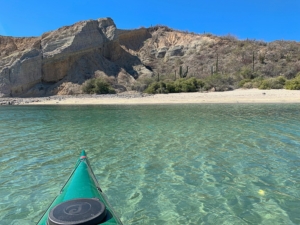
Kayaking to a deserted beach in the Gulf of California.
And although whale-watching tours are naturally full of many other tourists, it is well worthwhile to see, smell, and touch gray whales in their natural element. We drove from the San Diego area to Guerrero Negro in a day to make a half-day tour with http://www.whalemagictours.com, and it was amazing. After decades of slaughtering thousands of whales at Scammon’s Lagoon and decimating the Pacific population during the last half of the 19th century, whale-loving tourists now get to pet the “friendly” whales in their protected waters within the Vizcaino Biosphere Reserve – certainly one of the best conservation stories of the last hundred years!
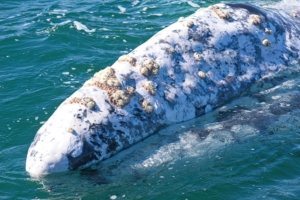
Pacific gray whale, Eschrichtius robustus, with host specific barnacles, Laguna Ojo de Liebre (Scammmon’s Lagoon), Baja California Sur, Mexico.
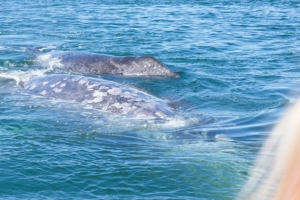
Pacific gray whale mother and newborn approach our boat on one of their many dives beneath us.
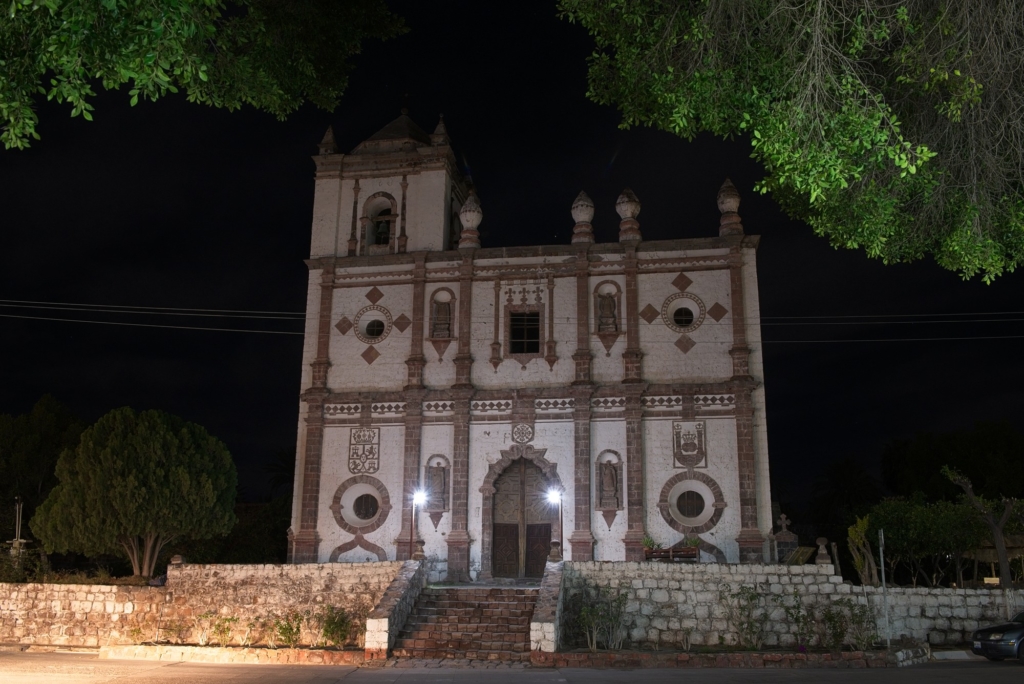
Misión San Ignacio, in what Joseph Wood Krutch called “the most charming town of the whole peninsula.”
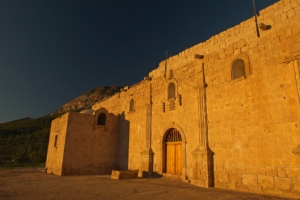
Misión de San Francisco de Borja, completed in 1762.
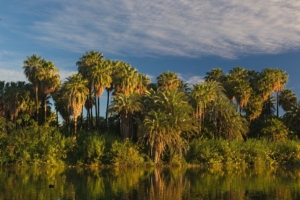
Cultivated date palms and native fan palms, San Ignacio.
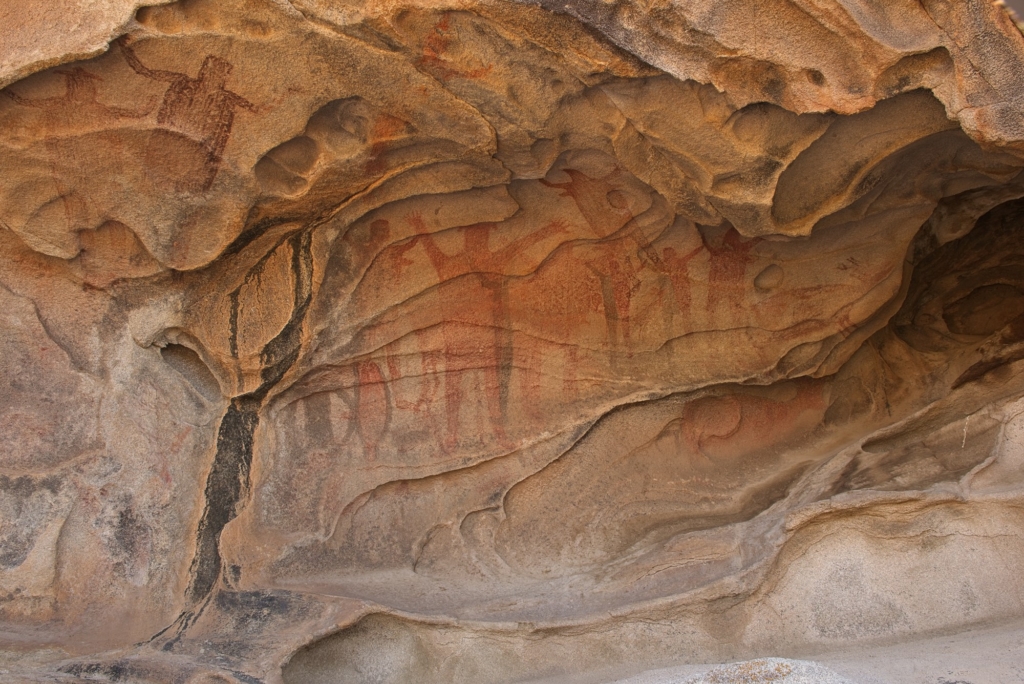
Pictographs of human figures, desert bighorn, and fish, near San Borja, Baja California, Mexico.
The Baja California’s Central Desert – where the Boojum trees dwell – typically receives about 4″ of precipitation each year, but judging by the leafiness of drought deciduous plants, the Baja peninsula must have picked up much more rain this past winter and spring. From carpets of annual wildflowers in the north to the verdant growth of leafy shrubs and trees in the Central Desert, the plants of Baja California were growing in profusion in March.

Vegetation of the Central Desert ecoregion, with columnar cardón cacti, spindly Boojum trees, and leafy Baja California elephant trees, near Misión San Francisco de Borja.
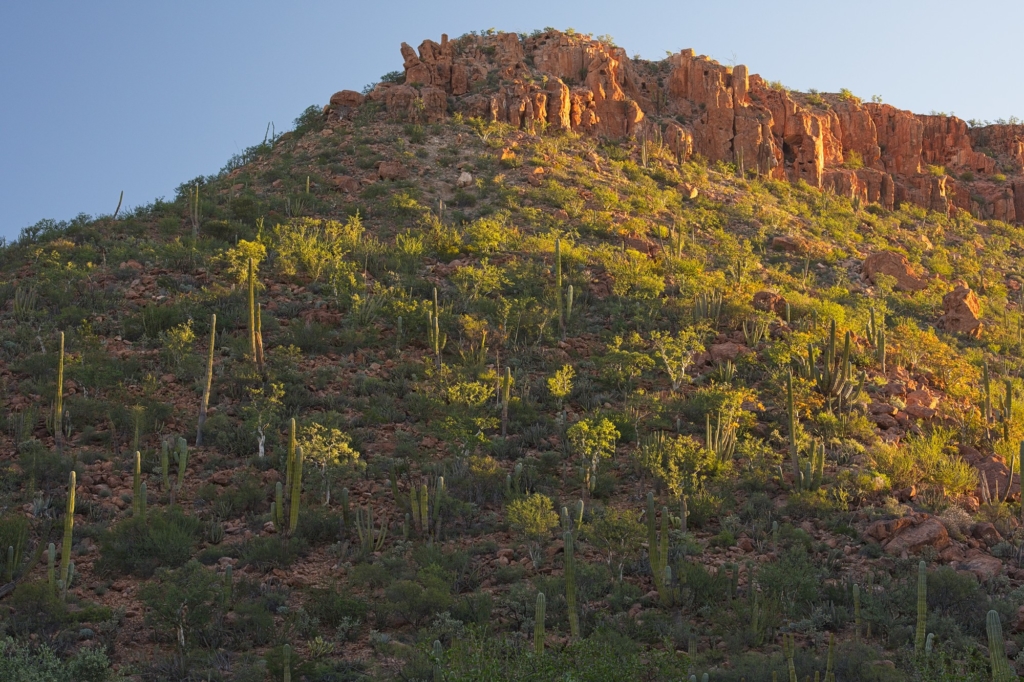
Mesa slope near Misión Francisco de San Borja, in the Central Desert ecoregion.
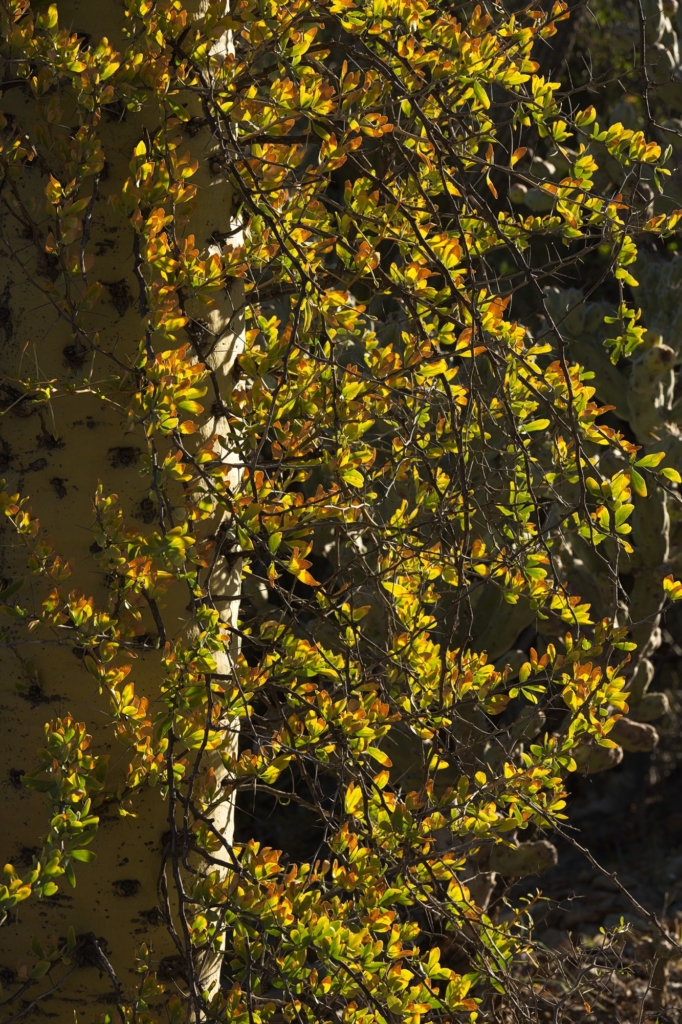
A touch of autumn color in the spring as the ephemeral leaves of a Boojum tree turn yellow before falling.
The Boojum tree, or cirio, aka Fouquieria columnaris, is one of the strangest plants in the world, and must be seen to be fully appreciated. It is nearly endemic to central Baja California (except for a few small populations in Sonora), but can be one of the tallest and most abundant plants where it does occur in the Central Desert of the peninsula. One study showed that it grows at the rate of 2.6 to 3.7 cm (1 to 1.5 in) per year, and takes 27 to 40 years to grow 1 meter, so the largest Boojum trees may be over 350 years old. Fortunately, they are not good for much as far as humans are concerned, so they continue to grow in abundance. Like their close relative, ocotillo, Boojum trees are drought deciduous, and are able to produce leaves a few days after a plentiful rainfall, and drop them following a dry period. Their flowers are pollinated by hummingbirds, flies, and other insects.
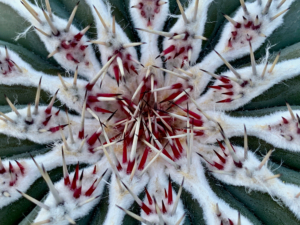
Spines at growing tip of young cardón cactus.
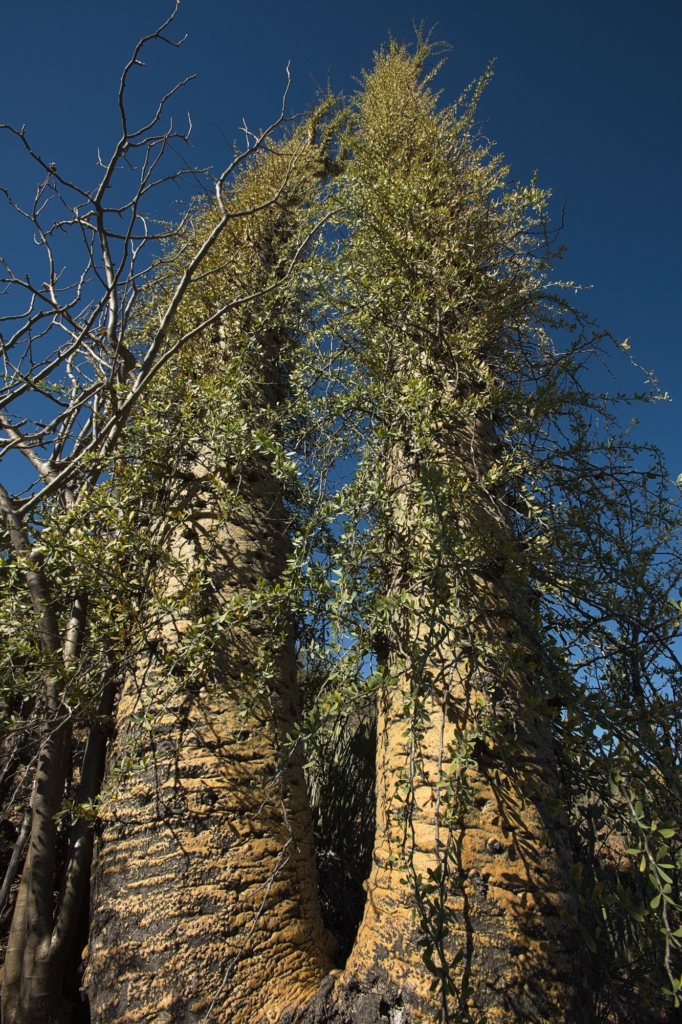
Double Boojum tree, Fouquieria columnaris, Central Desert, Baja California, Mexico.

Scars on trunk of cardón cactus, near Misión Santa Gertrudis.

Cardón cactus, Pachycereus pringlei, the world’s tallest cactus species, with flowering palo verde, near Misión Santa Gertrudis, Baja California, Mexico.
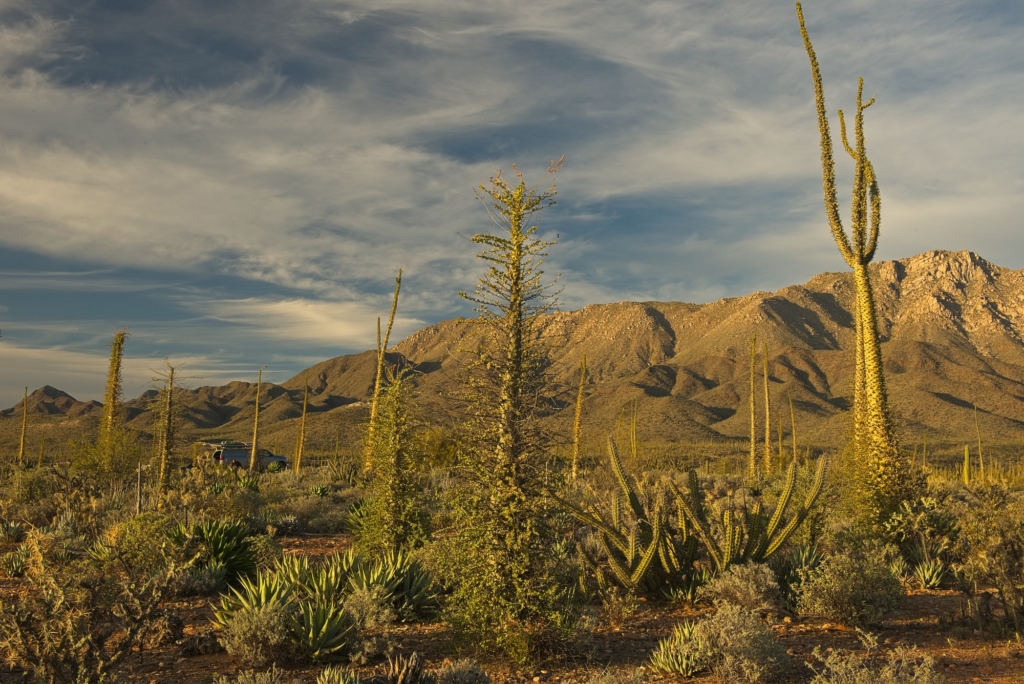
Camping spot among the Boojums, cacti, and agaves near the western edge of Sierra La Asemblea in the Central Desert.
During this leafy and floriferous spring, the giant flowering stalks of Goldman agave were spectacular, and attracted bees as well as hooded orioles. The unique Boojum tree and the noble agave are two classic examples of the adaptability and resilience of the wonderfully bizarre plants of Baja California. Long may they reign!
-Hasta luego.
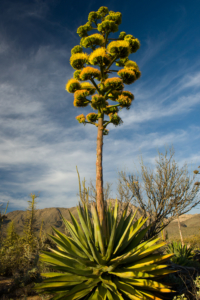
Goldman agave, Agave shawii var. goldmaniana, with the inflorescence that will bring on its demise.
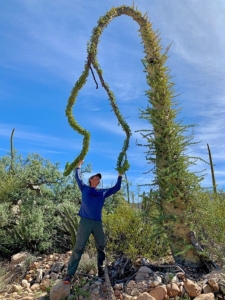
Boojums are fun, yes, but they make lousy dance partners.

